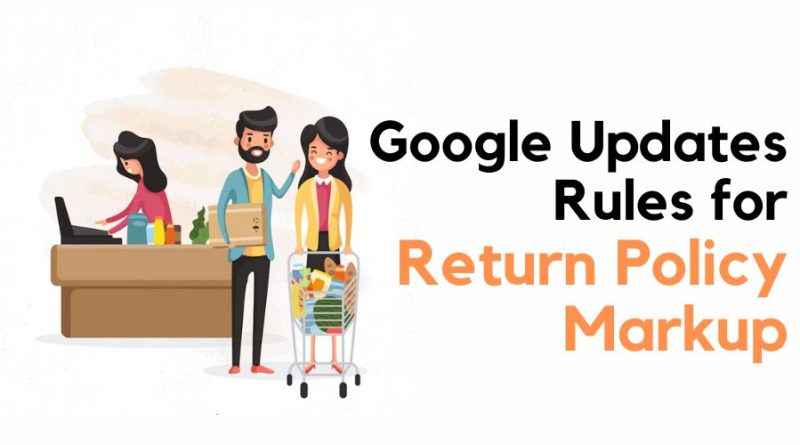Google Updates Rules for Return Policies Markup
In our previous post, we highlighted how e-commerce and other businesses can add a single organization-level return policy markup at once.
Google has now made a few changes to the original documentation. So what’s new?
Google stated that a user can add return policies markup for individual products or a single policy that applies to the entire site. Now, what if, you have added both a sitewide return policy and specific return policies for individual products?
Well, in this case, if you choose to add both types of return policies markup on your portal, Google will prioritize product-level return policies over the organization-level return policy.
Secondly, if you have been using Merchant Center to submit your product data, then the return policies set over there will be considered more important than the organization-level or individual product return policies.
What is the Need for Clarification?
At times, people add multiple policies to the site, resulting in more confusion and chaos.
To make it easier for you to understand which policy will take precedence over any structured data on your website, this update was released by Google.
This update guarantees that consumers receive the most up-to-date information and assists companies in managing their return policies more effectively.
Here’s the original Organization structured data – MerchantReturnPolicy
Note: You can add the return policy markup code either on the home page or a single page that provides in-depth insights about your organization, for example, the About Us page. There is no need to add it to all pages.
If you have an e-commerce portal, make sure to choose OnlineStore as a subtype of organization. However, if you run a physical store, we recommend LocalBusiness as your subtype in the JSON-LD code.
For more latest updates, feel free to follow at Twitter and Facebook.
